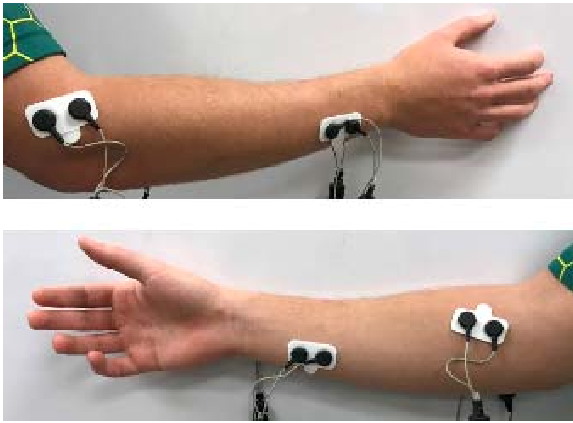
Detection of muscles diseases based on EMG signal by using locally recurrent neural networks (LRNNs) techniques
Detection of muscles diseases based on EMG signal by using locally recurrent neural networks (LRNNs) techniques
Prof. Dr. Youssif M. Almashhdani
College of Engineering / University of Anbar
https://www.sciencepubco.com/index.php/ijet/article/view/25747
Muscle diseases occur in all age groups and can cause serious physical disability. The effect of such diseases is severe when children and young adults are affected. The needs of these patients are numerous and complicated and are frequently inadequately met. Some muscle diseases respond well to medical treatment, whereas many physical disabilities can be improved or prevented.
This paper presents the implement of The Locally Recurrent Neural Networks (LRNNs) to detect the muscles diseases based on real measurement of electromyography (EMG) signals. The LRNNs training achieved by using Levenberg-Marquardt back propagation (LMBP) to get high accuracy through the identification and recognition process. Many processing applied with EMG signal through LRNNs before recognition the diseases. Finally design the simulation of this work by using Graphical User Interface (GUI) through MATLAB. Satisfactory results are obtained with the case study of real implement on human arm muscles.

Design the NN for recognition of muscles diseases
Real EMG signal was measuring from muscle by using practical measuring unit such as Macromedia system or Delays system. The recognition system of diseases based on LRNNs by using EMG signal consists of three stages: The first stage, time series data for EMG is measured by electrodes then processing will be applied to this signal such as filtering, amplification and amplitude normalization.
Filtering the EMG signal
There are two basic filters that can be applied to EMG signals: high-pass and low-pass. Other filters such as notch and band-pass filters are just combinations of these two basic filters. Shows zoom in of window for EMG signal for Biceps EMG sign al about time (0 - 0.45 msec). Actual EMG data has frequency 10 - 15 Hz or higher, depending on the activity (10 Hz for normal walking and 15 Hz for more rapid movements). Clinical EMG data is usually low-pass filtered at 300 - 600 Hz for surface EMG, or 1,000 Hz or higher for fine wire EMG recordings because of including the measuring environment. The choice of whether to filter the data or not, and the filter points to use, depends partly on the quality of the raw data and partly on the intended use of the processed data Figure 1, display the effect of low pass (625,1250) Hz and high pass (2500Hz) filters on EMG signal.

Conclusion:
The results are obtained through real measurements and simulation with analysis explains high accuracy NN detection was used to distinguish human arm muscle EMG signals. Muscle diseases were detected based on EMG signals using LRNNs, which is an efficient method because of its simplicity and accuracy. The design of the proposed package is based on the GUI technique, which gives the capability to connect all three parts under consideration, simulate individual parts by transportation among them, and finally present the three parts simultaneously as one animation system. Moreover, this package includes instructions with explanations presented in notes and graphs, thus enabling this package to be used as an educational tool for human muscle disease detection. Real time monitoring and analysis of EMG signals, extraction of all important features from captured EMG required for correct diagnosis of different neuromuscular diseases, and patient data management enable remote clinicians to follow patient progress. The developed GUI can be easily modified to suit clinician needs.



.png)